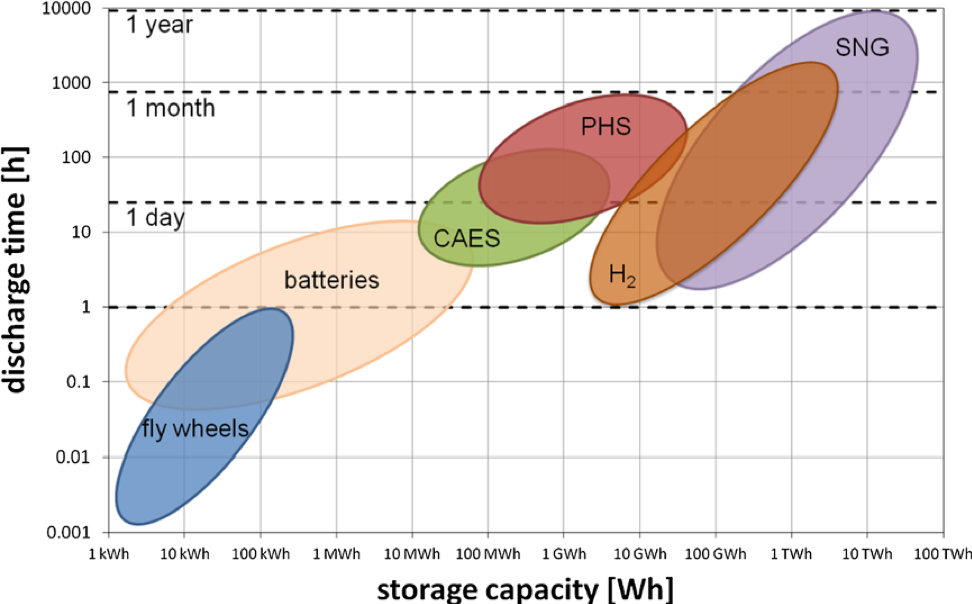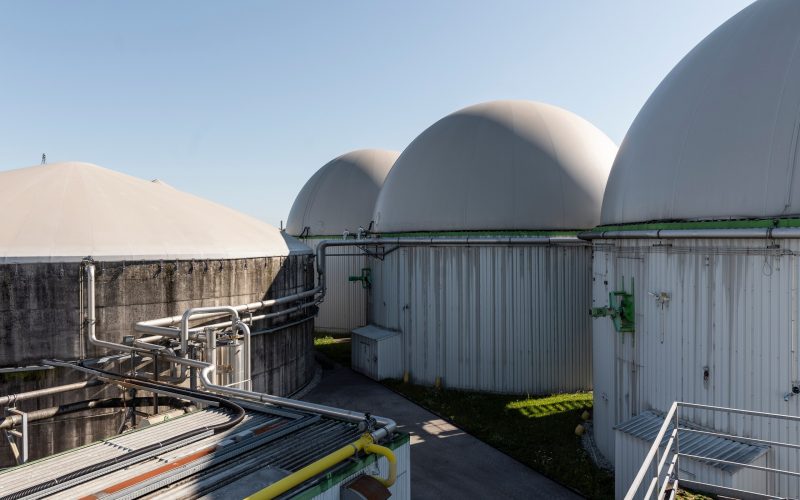Georgii Geletukha: Ways of RES energy storage in the gas distribution system
The world community is currently making great efforts to replace traditional energy sources, such as nuclear energy or fossil fuels, with renewables, such as wind or solar energy.

However, most RES cannot provide stable electrical power due to their stochastic nature (including solar or wind energy).
Power storage systems integrated into the grid can help to overcome this problem.
There are various possibilities for storing excess RES energy:
- Direct storage of electrical energy in supercapacitors and superconducting magnetic energy storage (SMES).
- Due to hydro storage tanks, in which electrical energy is converted into potential energy of water.
- Compressed air tanks or flywheels of mechanical energy storage systems.
- Rechargeable batteries that allow you to convert electricity into chemical energy, which can then be converted into electricity by electrochemical means.
In addition, electrical energy can be converted to chemical energy by converting it into a fuel such as hydrogen, synthetic natural gas (SNG), or methanol. Many experts suggest the methanation of green hydrogen (reaction CO2 + 4H2 = CH4 + 2H2O) to obtain synthetic natural gas. This helps to avoid significant investments in the modernization of gas infrastructure and gas equipment in case of the use of green hydrogen.
You can see the comparison of the described storage technologies, their storage capacity, and charge/discharge time in the diagram.

An extremely important requirement for energy storage technologies is the large storage capacity together with the long charge/discharge time. Only chemical secondary energy sources such as hydrogen and synthetic natural gas (SNG) meet this requirement. Other types of storage technologies, such as flywheels and batteries, are severely limited in terms of their capacity and duration of charge storage. Therefore, these technologies are used only to regulate short-term fluctuations of the power system (from a few minutes to several hours).
In addition to the high capacity and duration of the charge/discharge cycles, another important characteristic is the efficiency of the conversion process. The diagram below illustrates the efficiency losses of the described RES conversion processes.

The conversion of RES electricity into green hydrogen leads to a loss of about 20% of energy. Further conversion of green hydrogen by methanization reduces the efficiency to 64%. For the entire process of energy conversion of RES (before storage in the gas network), the estimated efficiency is 63.6%.
At this stage, highly developed natural gas networks can be used to transport and store excess RES energy in the form of synthetic natural gas energy. Moreover, gas networks allow to store this energy for a long time (if necessary for years).
We will prepare a separate material on the economic aspects of these technologies.
According to the research project «Storage of electricity from renewable sources in natural gas»


